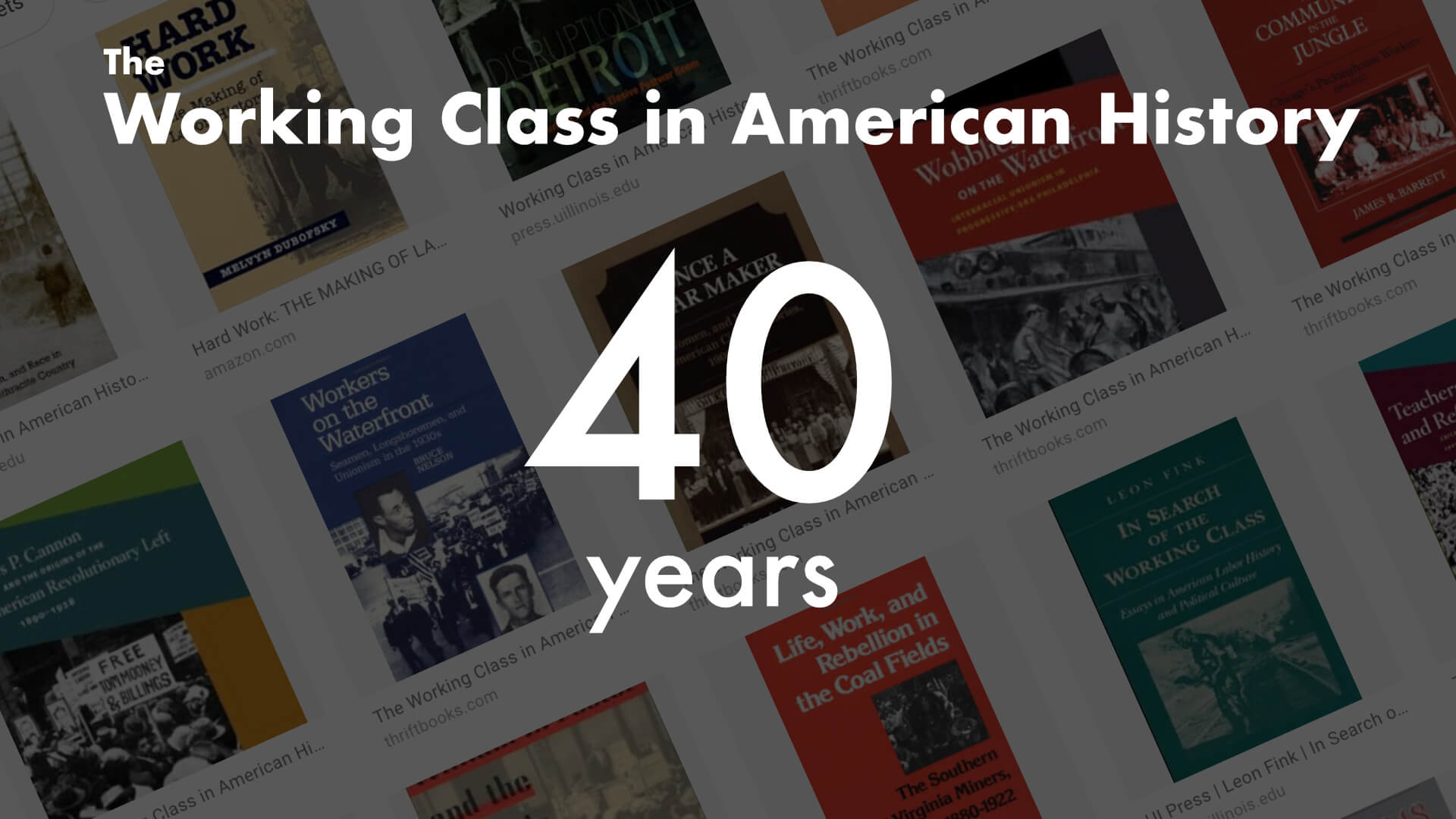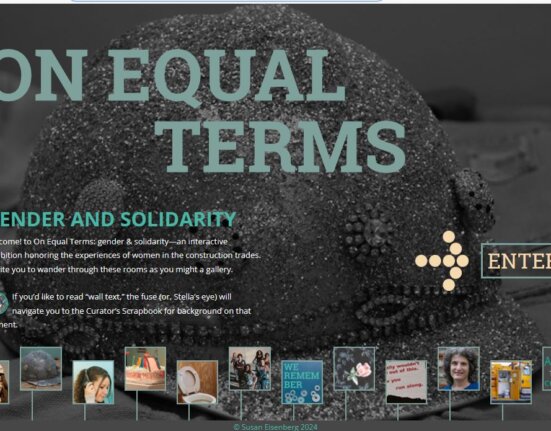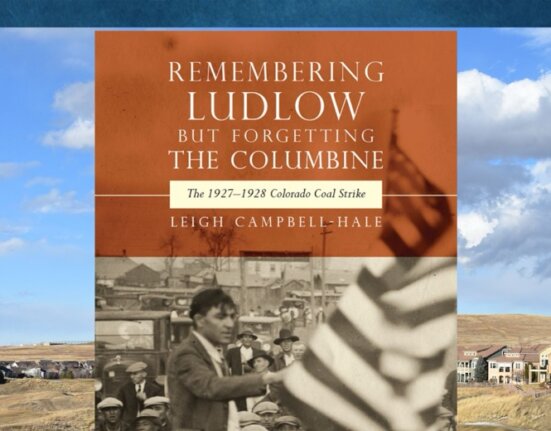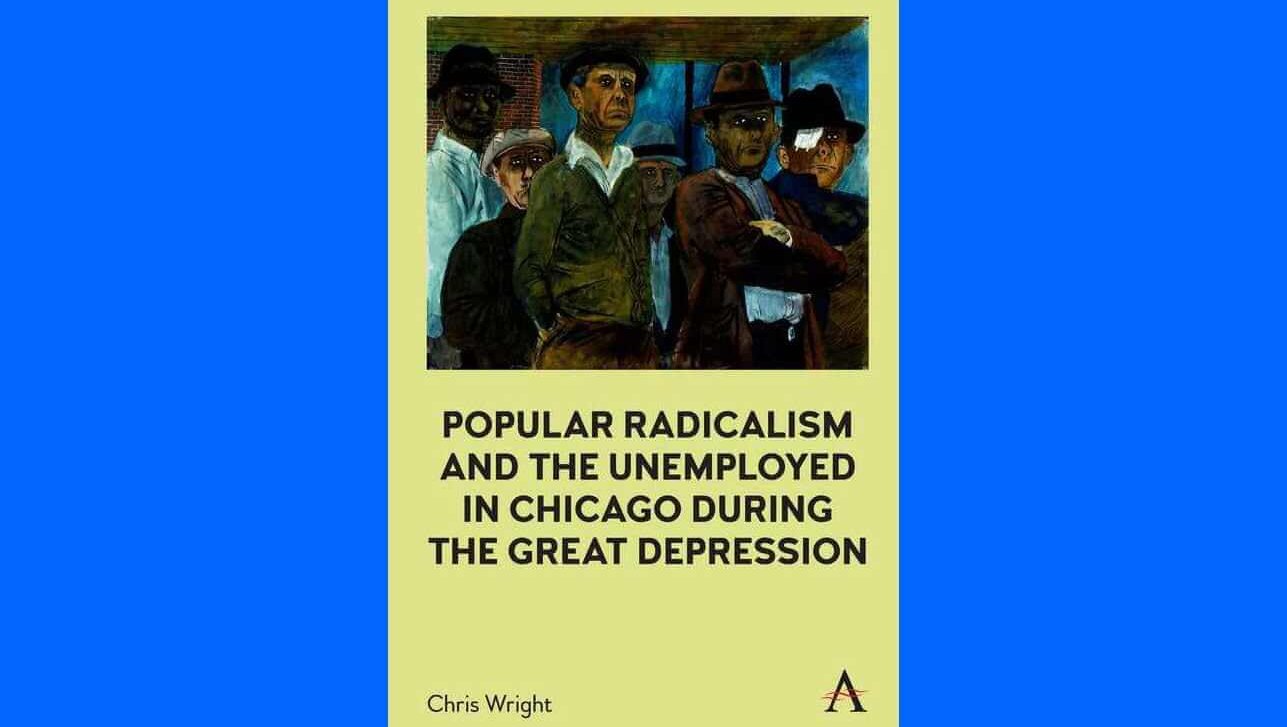Thanks to the organizers and to the Newberry.
I always listen carefully to and learn from Nelson, but I think he and I disagree a bit. His distinction between the series and the field is vital. Even with over 130 volumes in print, a lot of labor history has occurred outside the series. Regarding changes in the field, however, I think if you consider labor history in relation to some other fields, our own has been quite open to the influences of newer historical approaches, and to some degree this is reflected in the series.
Implicit here is the question of defining the field. How much has that definition changed over four decades, and how much can one see some of those changes in the Illinois series? I would be interested to hear what LaborOnline readers have to say about those questions. But one might argue for the importance of preserving some of what Nelson calls the core – labor organization, protest, community, and distinctive forms of working-class culture. As Nelson suggests, it is the “hacks”, in this sense, who built the field. But I think a lot has happened outside those main themes; there has been a lot of change.
The “new Labor history” and in turn the series, which did so much to advance that new field, came along when they did for understandable reasons. Leon Fink has asked us about our personal connections with the “new labor history” which flowered in the seventies and eighties. Many of my colleagues became interested in it as a result of the social movements of the preceding decade; it appeared to be a “useable history”. I began studying history between 1968 and 1972, and I shared those experiences and interests, but unlike most of my colleagues, I was from a blue-collar family and an ethnic working-class neighborhood. No “turn to the factory” was necessary; I was spending a lot of time in factories and was more interested in getting out of them than into them. There was little “new labor history” where I was in 1968 and 1969, but when I discovered what there was, I was amazed to find that there was a possibility of exploring the history of people like me. It is a little difficult to convey how this opened up one’s angle of vision on the past. As in the case of many of my generation, a marker of this transformation was Brecht’s poem, “The Worker Reads History”, which I saw in the underground Chicago paper The Seed. Personal experience taught me that it was impossible to understand this history without coming to grips with white racism and I have remained more interested in this topic than some of my labor history colleagues. I don’t appreciate all of the cultural history that falls under the rubric of “whiteness studies”, but I believe that the study of racism, its origins and its implications, remains among the most important issues in working-class history and, of course, in contemporary U.S. politics. There seems to be some disagreement about that here and perhaps in the field overall.
Some criticisms of the field leave the impression that at the root of what came to be called “Working Class History” was a fundamentalist idea – that class trumped all else and a narrow focus on male wage earners (as opposed to coerced and other unfree forms of labor). To the extent that was ever true, it is certainly not now.
Starting in the late sixties and gathering steam in the seventies, working-class history was part of a broader deconstruction process aiming to replace the older narrative dominated by elite white men with a much more complex story focused on the lives and efforts of common people from diverse backgrounds. Indeed, recognition of this diversity has emerged as a defining characteristic of U.S. working class history, and this helps to explain why we never found the elusive synthesis that some people sought. (I don’t think we worry too much about that these days.) The field developed in tandem with African American, women’s, and immigration and ethnic history, and it was significantly influenced by all these. Many labor historians did not recognize slavery as part of the labor history story, and this thinking remains reflected in the series list. But women’s experiences and gender roles, for example, (the books by Buhle, Benson, Cooper, Blewett, Milkman, and others) as well as race as a central analytical concept – not just a category (Barrett, Trotter, Honey, and others) – these were major influences that were reflected early on in the series and continue to be reflected there today. In fact, class and manifestations of class have receded a bit as greater emphasis has focused on other forms of identity – gender, sexuality, race.
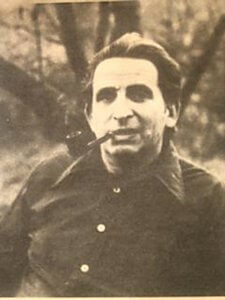
Another criticism comes from a very different perspective – the new “history of capitalism” which has turned our attention to some degree from the experience of workers’ lives to markets and other broad, often global, influences. Even many of the earliest series studies that Nelson lumps with the “Community” studies inspired by Gutman were actually “community/workplace” studies. These were explicitly framed in terms of the political economies of particular industries – capital formation, domestic and international markets, production technologies, management reform, etc. (Schatz, Stromquist, Barrett) If a community focus was Gutman’s legacy, this emphasis on how capitalism operated and was experienced in the local workplace, this was Montgomery’s mark and, of course, Marx’s. I think you can find this kind of history of capitalism in the Illinois series, though most labor historians choose to focus on the experience and agency of common people within the system. When asked in an interview what sort of history he aspired to write, Montgomery once said he was writing the history of capitalism; maybe there are local, more intimate ways to do that as well as “global” approaches? In some examples of the new history of capitalism, workers seem to recede to the vanishing point.
While my methods and questions have evolved, my general subjects have not changed too much – the relationships between family, community, and work, including the situation of women and children in working class families; the social basis of wc radicalism; race and ethnicity, particularly the development and reproduction of racism in working class venues. Although I’ve been influenced by other scholars, I was drawn to my subjects more by personal experience than by any particular theory or fashion in the field.
There has been at least one change for me over the past generation – a shift toward the personal and subjective side of working-class history, an effort to integrate individual personality and experience into a field that has always prized the material and the collective. This (as well as the effort to understand Stalinism in the U.S. context) was what attracted me to biography (William Z. Foster) in the late 1980’s when there were still few biographies in the field. Although Nelson notes biography as one of themes in the series, of its first 50 titles, I find only two that were biographical — Salvatore’s remarkable biography of Debs and the collection on Labor Leaders. These were exceptions in the “new” as opposed to the “old” labor history.) I tried to develop some of these questions about what might be termed the “working class subjective” – personality, personal relationships, emotions – what my students termed “love and the working class” — in some of the essays in History from the Bottom Up and the Inside Out. Neither the field nor the series has advanced far into what Robert Orsi has called the “hidden terrain” the personal lives of poor and working people, and this is one angle of vision I would recommend for future work. One route into this world which has been developed recently in the series with considerable success is religion. Until recently, the strong materialist bias in the field blocked systematic study of this major influence, some might argue the major influence, in working peoples’ worldviews (Phillips, Roll, the Fones-Wolfs, and Matthew Pehl among others). I think we ignore this element at the risk of fundamentally misunderstanding our subjects.
What we might think of working-class intellectual history is also not well represented in the field of the series, though Toby Higbie’s new study of working-class learning in ubiquitous settings is a wonderful model for how to go about this.
To the extent that it has engaged transnational migration, the “new labor history” and even the series have always had an element of the “global”, though the term has a more robust meaning these days. The more systematic study of global dimensions, especially those that place workers at the center of their narratives, like Julie Greene’s The Canal Builders, is still developing, but I do think it has influenced working class history, and to a lesser extent, the series, especially if one includes “comparative labor history” in the definition (Peter Cole’s study of dockworkers in the U.S. and South Africa, the essays in Shel Stromquist and Greg Patmore’s Frontiers of Labor on the U.S. and Australia, and Kenyon Zimmer’s study of immigrant anarchists). The series editors are very interested in publishing more global or transnational history.
Neither the series nor the field generally has seen much work on the period before the Civil War – the “missing nineteenth century”. Of the last twenty books in the series, none deal with the nineteenth century, and with notable exceptions, there has never been a lot of this work after the early round of studies on early industrialization written a generation ago (the first books by Laurie, Dawley, Wilentz, Sue Hirsch, Stansell, and others).
There is still good work to be done on working-class conservatism (certainly topical today, if this is even the right term) — nationalism, patriotism, anti-union attitudes and movements. (See Rose Feurer and Chad Pearson’s recent collection on the latter.)
One sure bet is that both working-class history and the series will continue to change and that there is still plenty to be done in the field.


